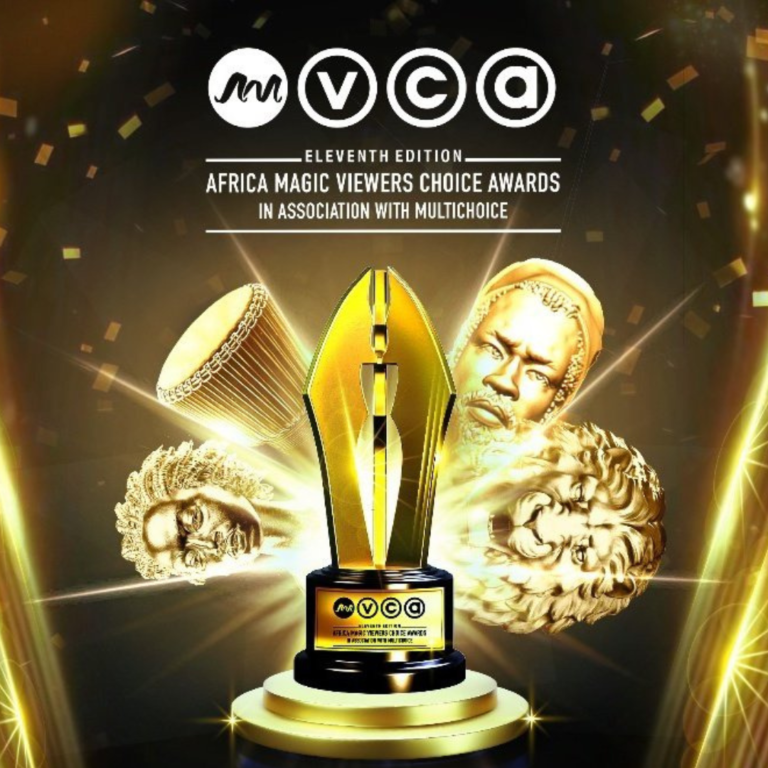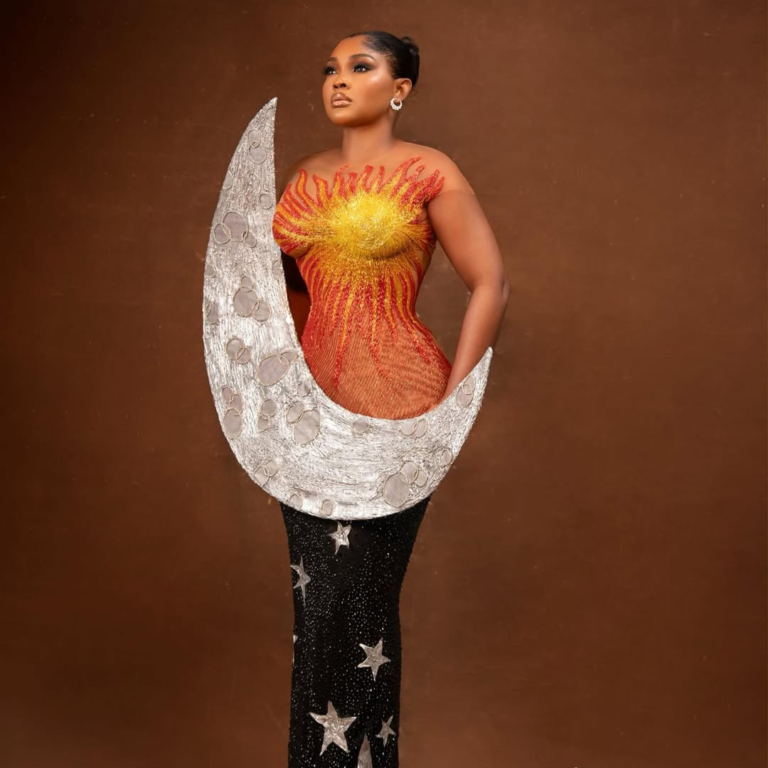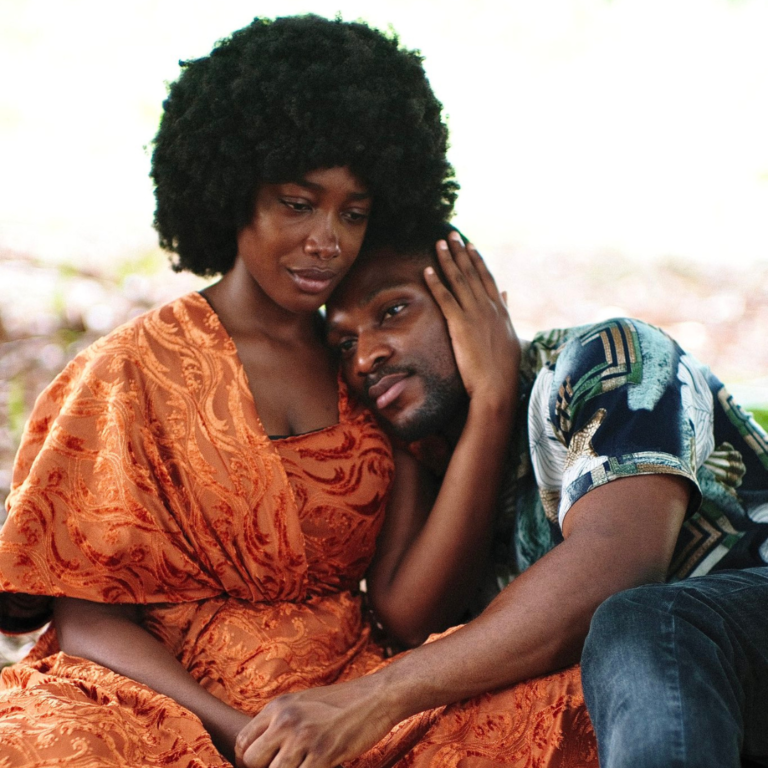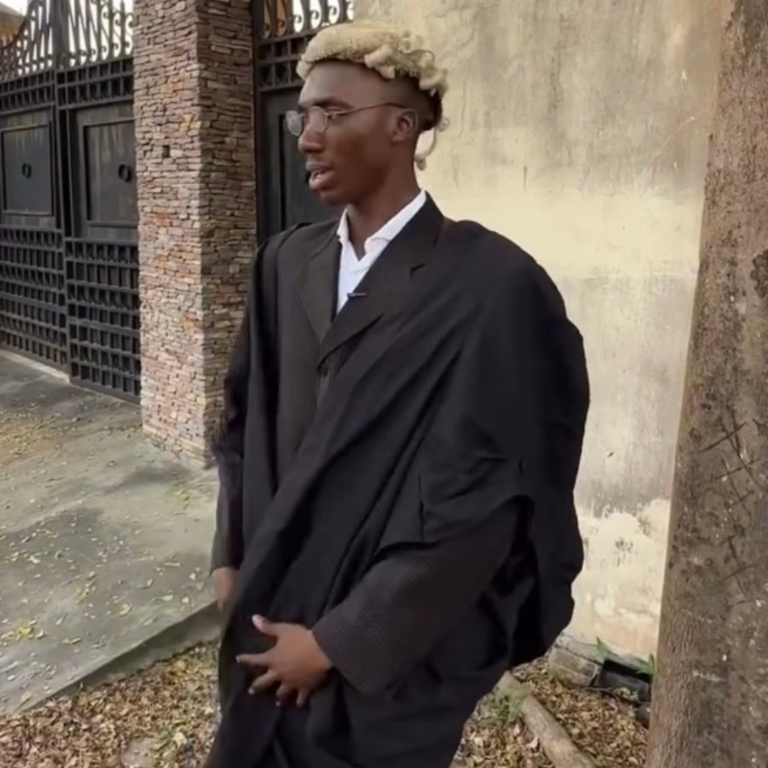While studying fashion and textiles at the University of Port Harcourt, Ifebuche Madu travelled to Osogbo to the Nike Art Gallery for her industrial training and learnt the art of Indigenous textile making: Adire, Aso-oke, Akwete, etc.
After she won the Dare to Dream competition for entrepreneurs, she started a fashion and textile business, Afrikstabel Textiles. But later, she realised that textiles were her calling. Today, with Afrikstabel, she’s documenting everything from Aso-oke to Akwete, and even fabrics, she’ll admit, she doesn’t know what they are called.
Afrikstabel Textiles have been used by everyone from Dye Lab to the Nigerian Olympics delegation attire designers.
In this week’s #MadeinNigeria, she opens up about how her journey making Indigenous Nigerian textiles began and the lessons she learned along the way.
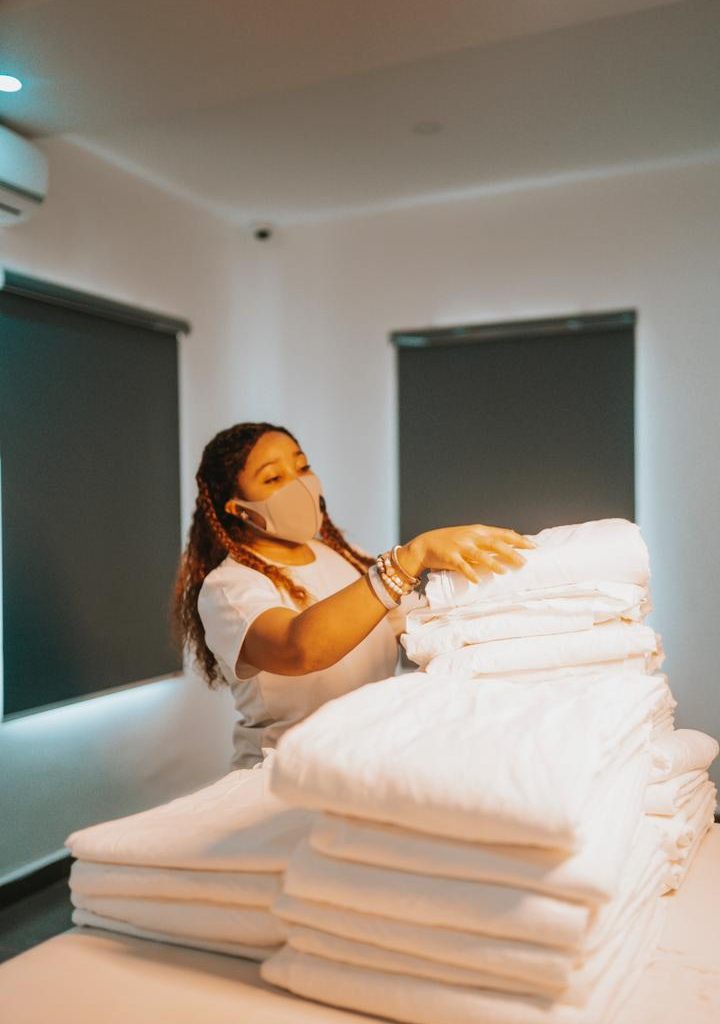
How did you get started in textile making?
The story is quite interesting because I had never heard of Adire until my third year in university. I studied fine art and design and specialised in textiles and fashion. As a textile student, it was mostly theoretical until I went for my IT, where I learnt that Ankara prints have no origin in Africa. I was shocked and surprised, which kept me wondering what the Nigerian prints were. When we started studying Indigenous African prints, I heard of Adire. Adire is the more popular one, and I said let’s start from here first.
And when did you start experimenting with Adire?
I started at the Nike Art Gallery in Osogbo. Before I left, I had done some practical work with textiles. But Nike Art Gallery was fun, even though it was a training ground. They gave you Yoruba names. Mine was Asaro. I learnt a lot because I already knew it was what I wanted to do.
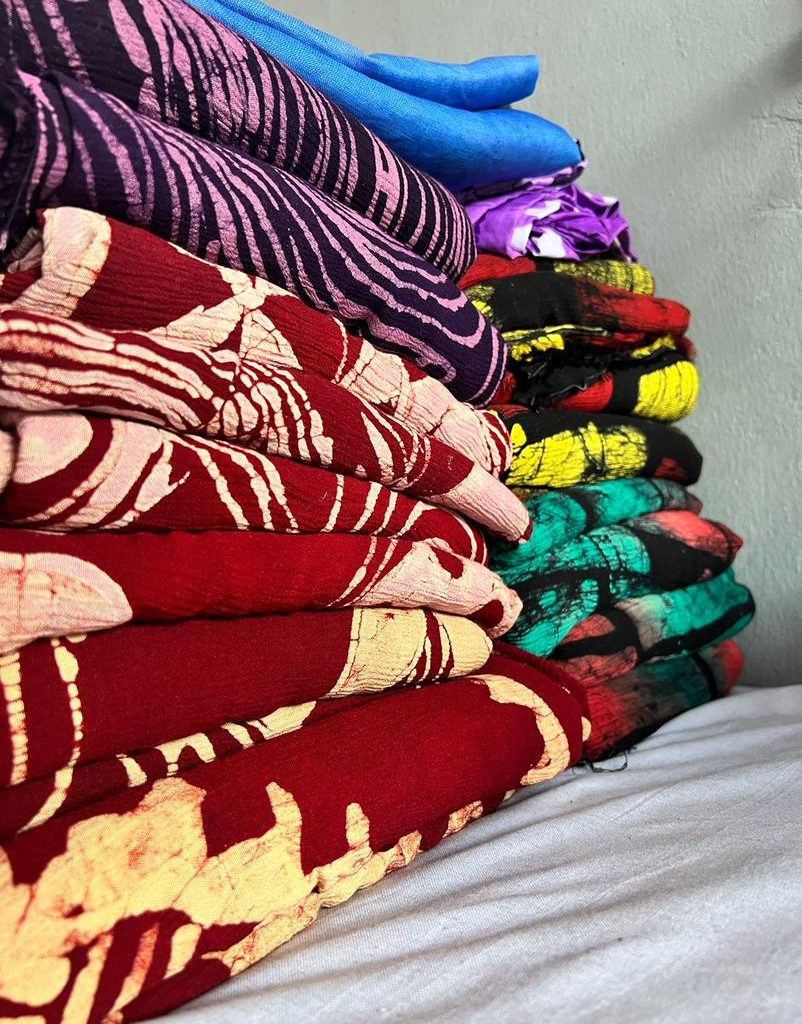
When did you start to think about it as a business?
In my final year, I participated in the Dare to Dream competition. I competed with my fabric. I was in the second round when they told me to come with already-made fashion pieces and not just fabrics. I agreed, but I didn’t want to come back because I’m not a fashion designer. I was studying textiles. But I decided to go with personal clothes that I had tailored. I did some more finishing touches, and after everything, I won the competition.
Then we came to Lagos for a fashion show in 2016. It made me understand the business prospects of fashion because the way they appreciated it made me think, “This is something I definitely want to go into.”
I moved to Lagos in 2017. But before I moved, I had started applying for the African Entrepreneurship Award, an African competition for businesses across Africa. I was a finalist and went to Morocco, which really opened my eyes to more possibilities in the fashion business. After the competition, I took the business very seriously.
How did you set up Afrikstabel Textiles?
It started with just Adire. When I returned to Lagos, I outsourced with some guys in Akerele in Surulere. I didn’t have my own space, the right environment, or the capacity to do business at that time. So I got the jobs, I took it to them to make for me, and they did the dying, and I did the selling. I got my own space after like one year or two years. I hired one of the men at Akerele to work for me.
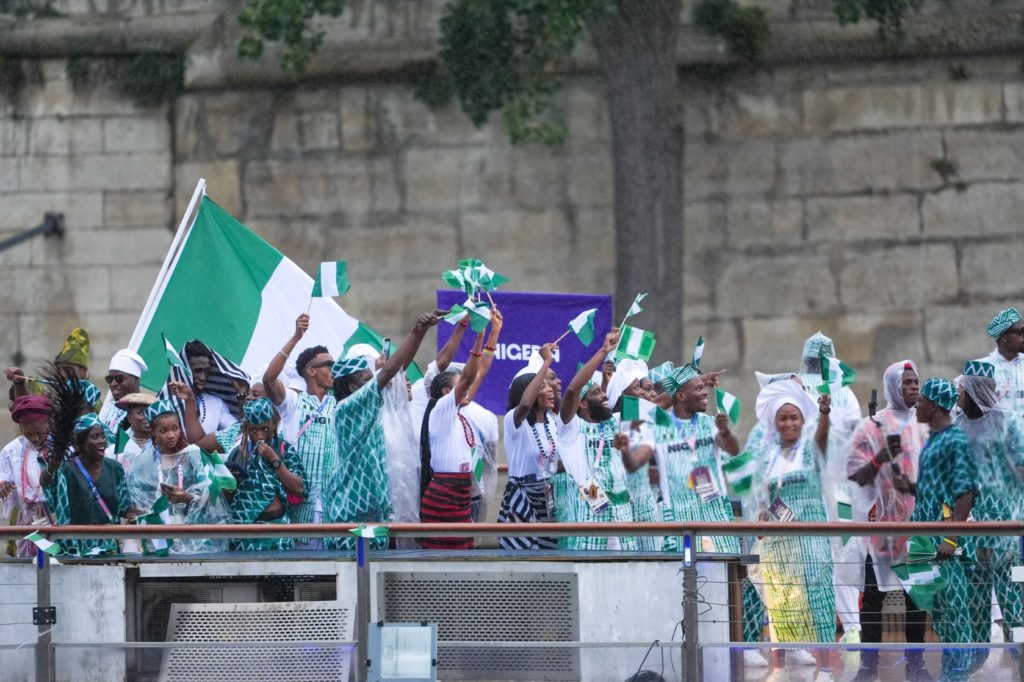
How did you change from a fashion and textile brand to just a textile brand?
In 2019, I participated in a creative masterclass program with The Assembly Hub for some weeks. We had facilitators, and it was really exciting. During the program, I restructured my business from a fashion and textile brand to just a textile brand after one of the facilitators suggested it.
I changed the story. I changed how I talked about the business. I partnered with artisans across many states in the country. Before I knew it, a radio station from South Africa reached out to me to come on their show. On the show, I met many other brands from the US. That was how I started getting international clients to contact me for fabrics. My first international client was on the show as well.
Why did you decide to bring Aso-oke and Akwete to your offerings?
I did my NYSC in Ondo State in 2018. There, I met a woman whom I commissioned to do some Aso-oke work. She took me to the workshop where she and other women weaved, but when we got there, nobody was weaving. That was when I began to realise that the craft was going extinct.
The women were not working. But the interesting part about the discovery was that I could see people who were so eager to go back to their business. I also realised that the women were grossly underpaid to do the jobs that they got. So I told her I would come back to see how I could work with the community of weavers and bring more jobs for them. I also taught them Business 101, how to cost people for their work, and things like that. Now we have artisans we work with across the country.
With your partnership with the artisans, how do you maintain the quality of your work?
We currently have about 35 in-house staff here in Lagos. Our business is custom-made and B2B (business to business). We don’t stock or have ready-made prints, so it’s based on demand according to customers’ requirements.
So, we do most of the designs in-house and have extensive monitoring in place. We only outsource the very popular designs. Sometimes, the client doesn’t want a custom print. They just want beautiful designs made. Those ones don’t have any specifications. But even then, we have people on site in all the states where we have weavers who also monitor the quality of the work. I also travel regularly to meet with the weavers myself, so they know me.
So all of these things, all these structures are to ensure that the quality of the product is being maintained.
How do you hire weavers?
We typically bring them to Lagos. As I said, I know the weavers, so if we need to hire, we hire from the people we already work with. We have accommodation for our weavers in Lagos.
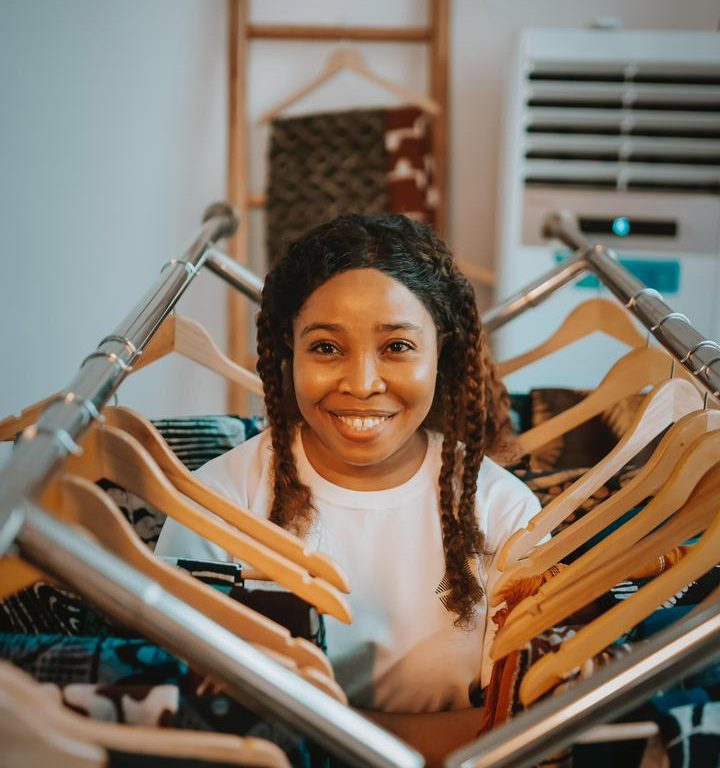
You made the fabric for the Nigerian football team. How did that come about?
The project started in 2022. We designed the ceremonial outfit for the Winter Olympics in China and again in 2024 for Paris. We already had a relationship with the designers Amen Amen and had produced fabrics for them before. They are based in the US.
What is the cultural significance of Afrikstabel archiving these Indigenous fabric-making techniques?
Indigenous textiles are a mobile museum. I get to carry my culture anywhere I go. You see me, and you can tell that I am from Nigeria by what I’m wearing. Africans in the diaspora are really loving it. You see them wear these textiles on the red carpet, which wasn’t the case before now. I think this trend started in the diaspora when people like Michelle Obama and Jada Pinkett Smith started wearing these fabrics.
What has your experience been like as an Igbo woman working with Aso-oke and Adire, which many people will associate with the Yorubas?
It wasn’t so much fun at the beginning. I faced a lot of language and gender bias. I remember that when I started in the industry, people would call me “Omo Igbo.” It was a woman who started doing this, and she’ll tell the men at Akerele not to work with me. There were people who felt I didn’t deserve to be in the industry. I’m not sure if it’s an Igbo thing or just a woman thing. But many times these biases are happening because of the two at the same time. It’s a very male-dominated field.
What are some of the challenges you currently face in making fabrics?
We don’t have transparency in the market. The raw materials are hard to find, and the prices are very unstable. Getting skilled artisans is also a major problem.
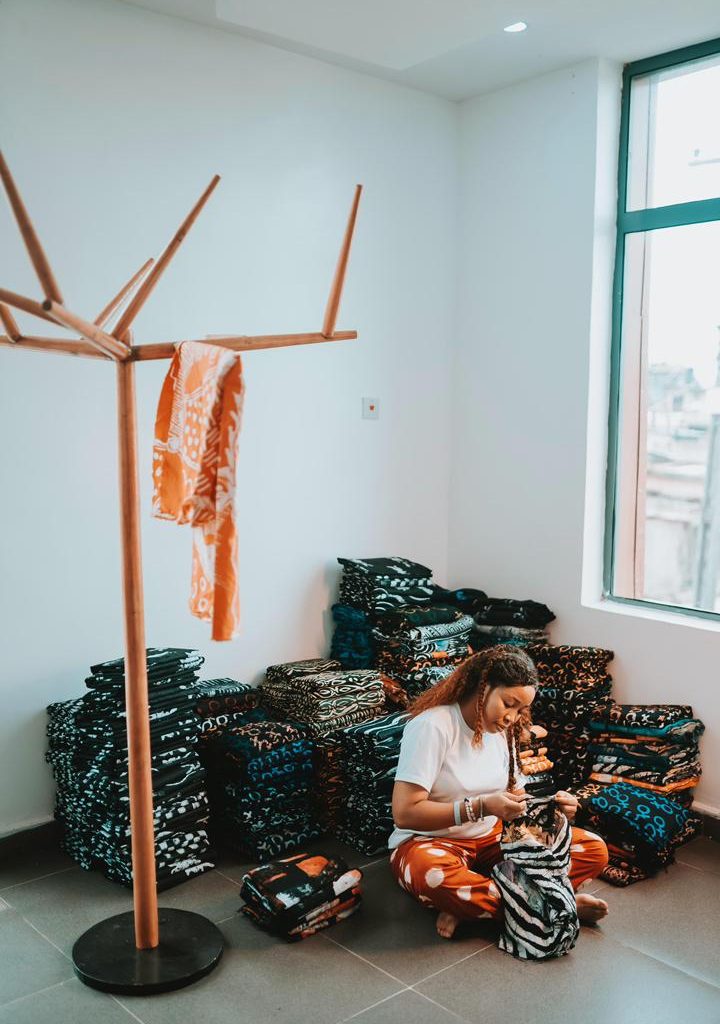
What do you like the most about making these fabrics?
I loved getting my hands dirty. I like to do the job of making the fabrics, not just selling them.
What advice will you give someone wanting to enter this line of work?
I’ll say be consistent. Starting out is very hard, but consistency and perseverance are what make the difference.

